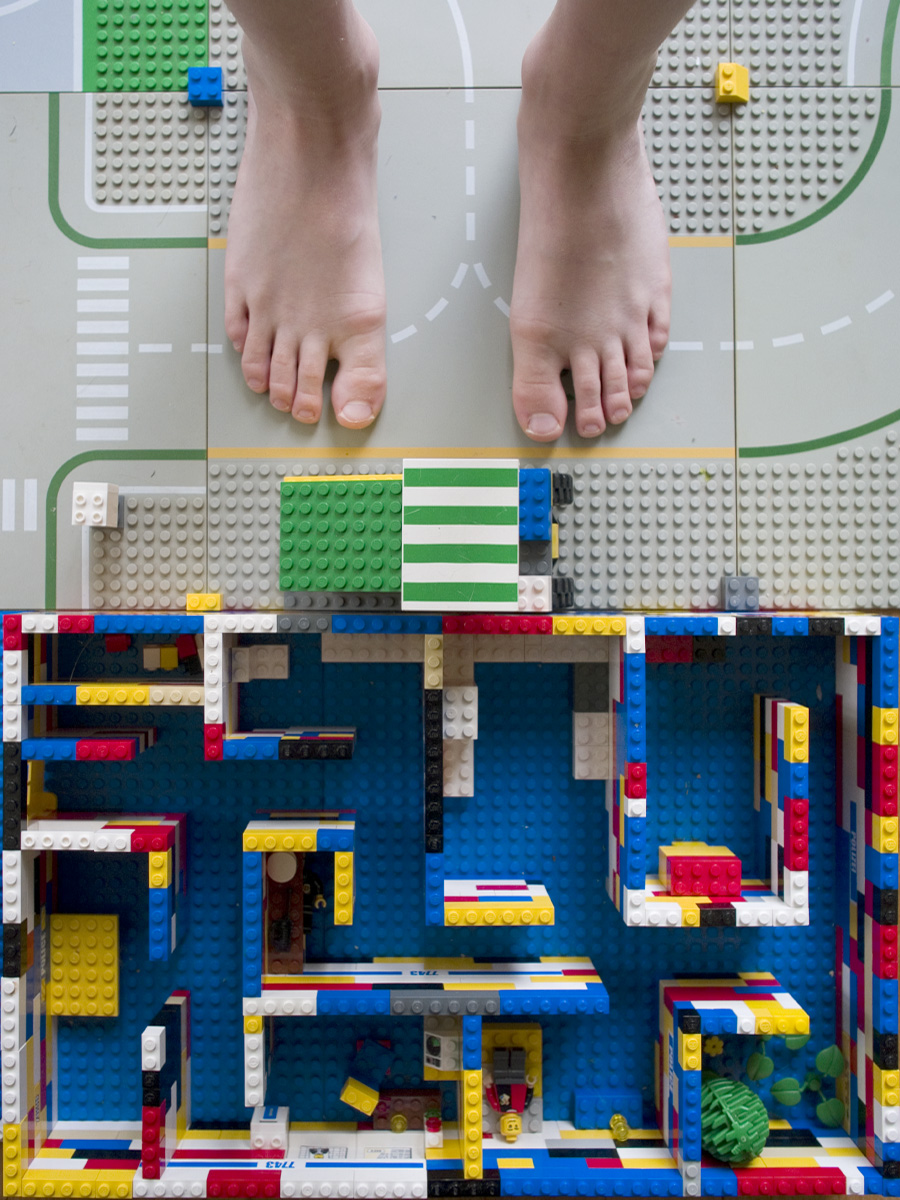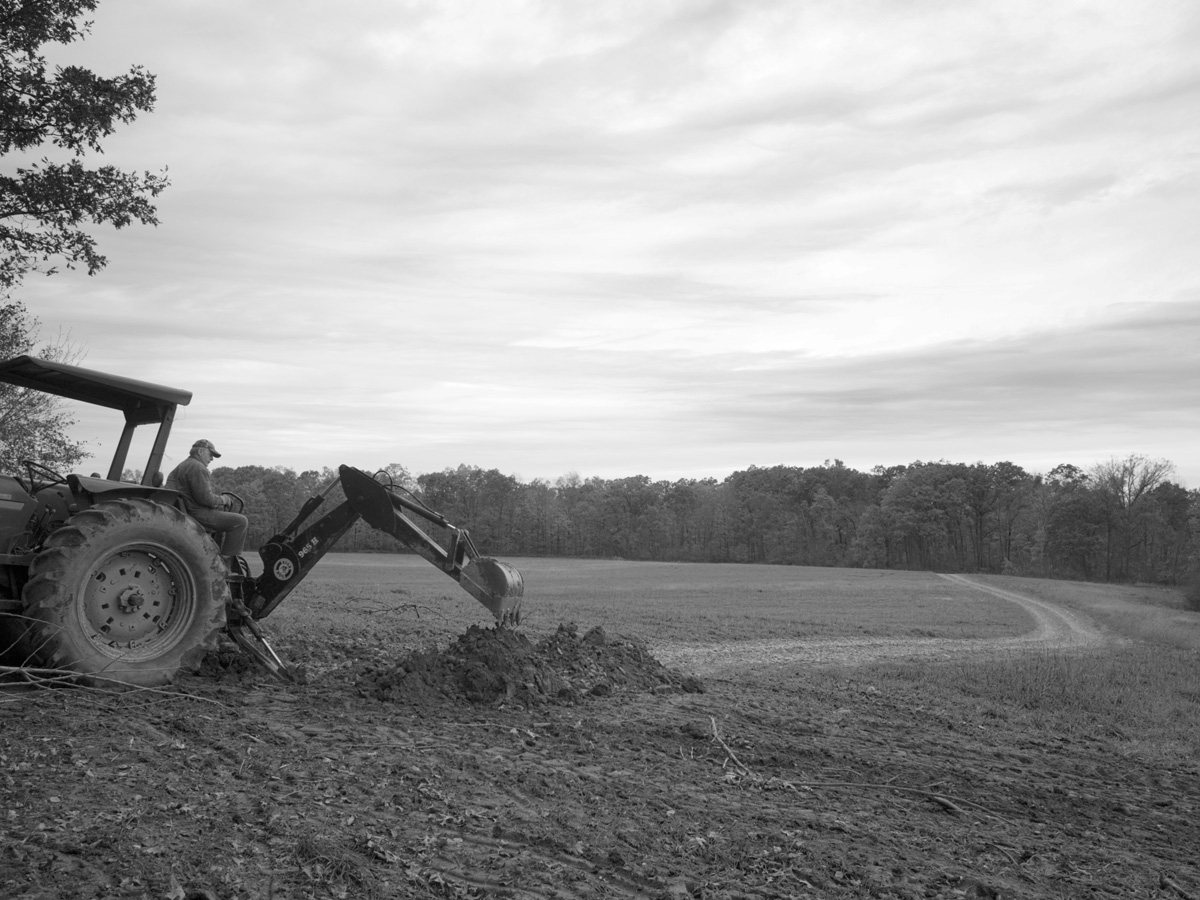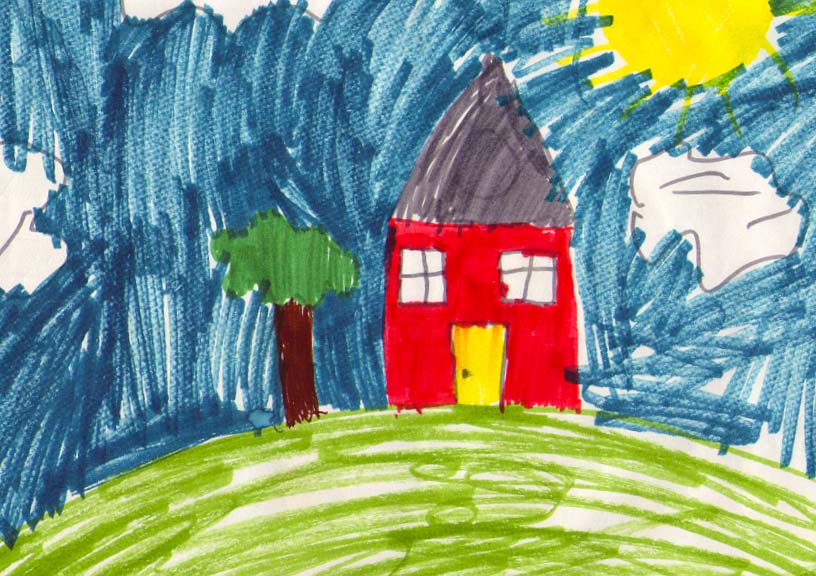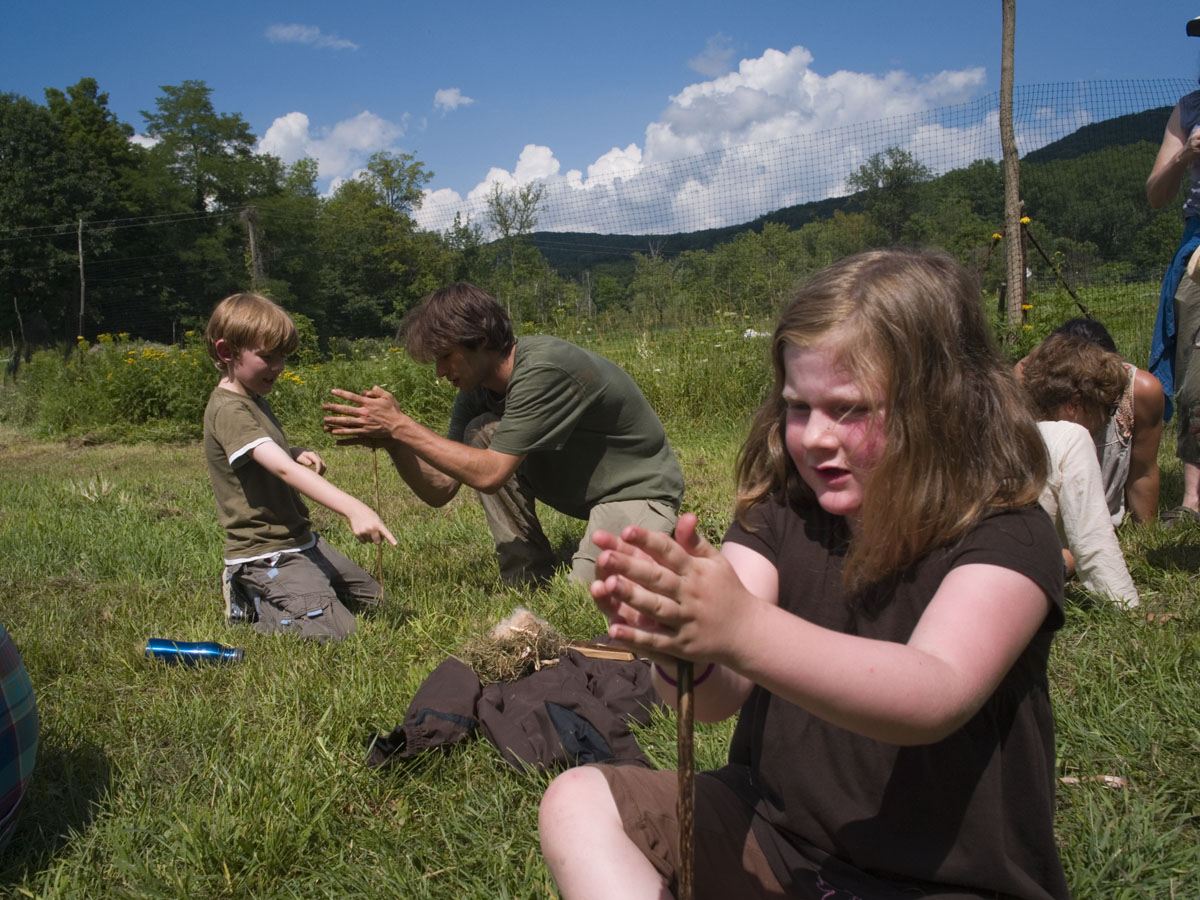Nicholas is building a house with Legos. He wants to know if our real house will be the same size, so we measure using a Lego man — 5 men wide, 10 men long. Yes, it’s almost exactly to scale. Actual size is about 25′ X 50′. Nicholas didn’t build his foundation with white Legos but we might.
Insulating Concrete Forms (ICFs) are a lot like Legos. You stack foam blocks three high and pour concrete into their hollow interiors. Repeat three times for a 9′ foundation, fully insulated and ready for sheetrock. We’ve been talking to reps at Logix, Rastra and ARXX. The ARXX website is a good source of information: “ICF technology is a green and sustainable building system that delivers a foundation or wall that is highly energy efficient, structurally tough and has superior fire resistance and sound suppression. ICF construction is fast, easy and cost effective. ARXX ICF structures average 44% less energy to heat and 32% less energy to cool than conventional construction methods.”





